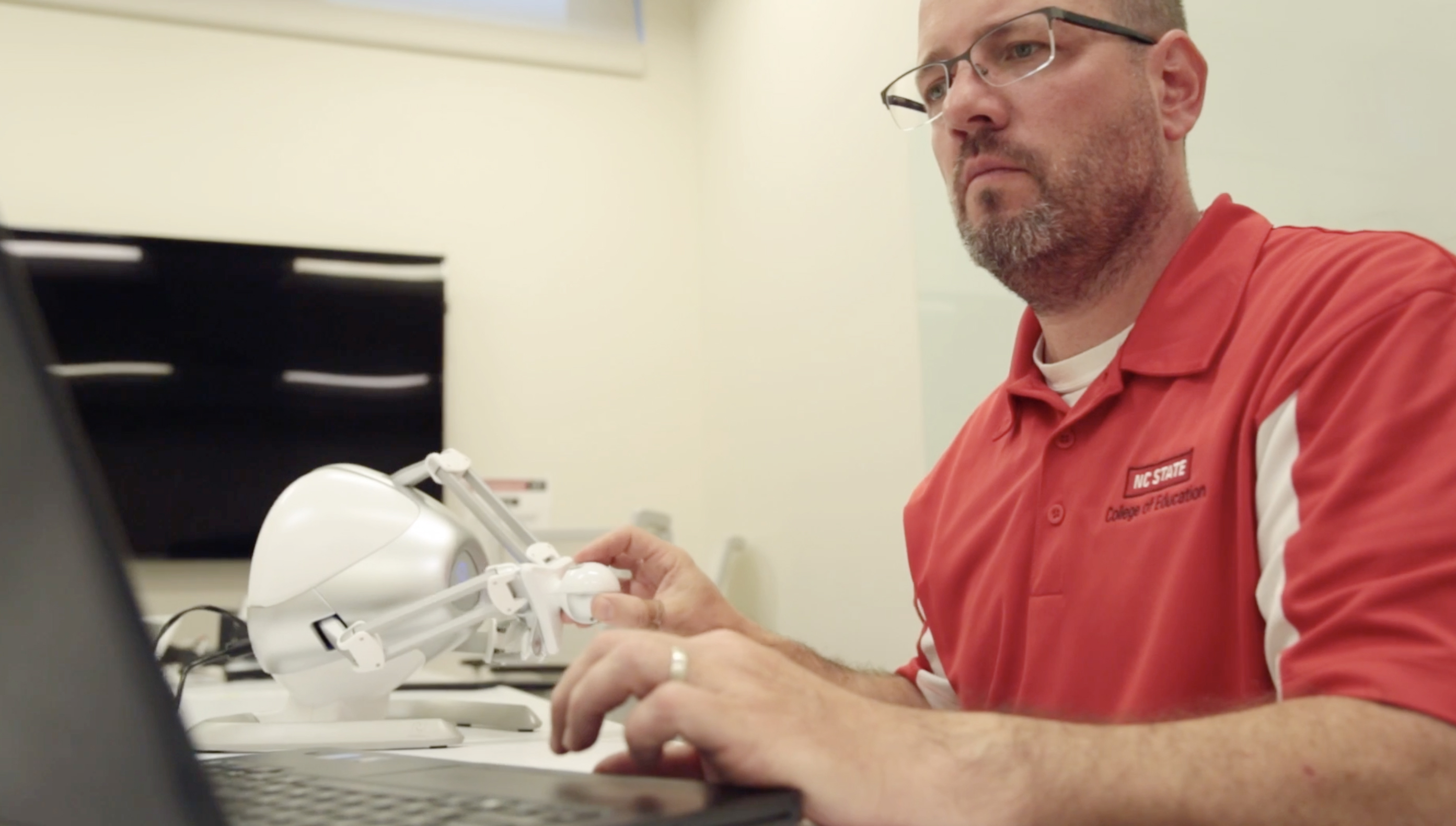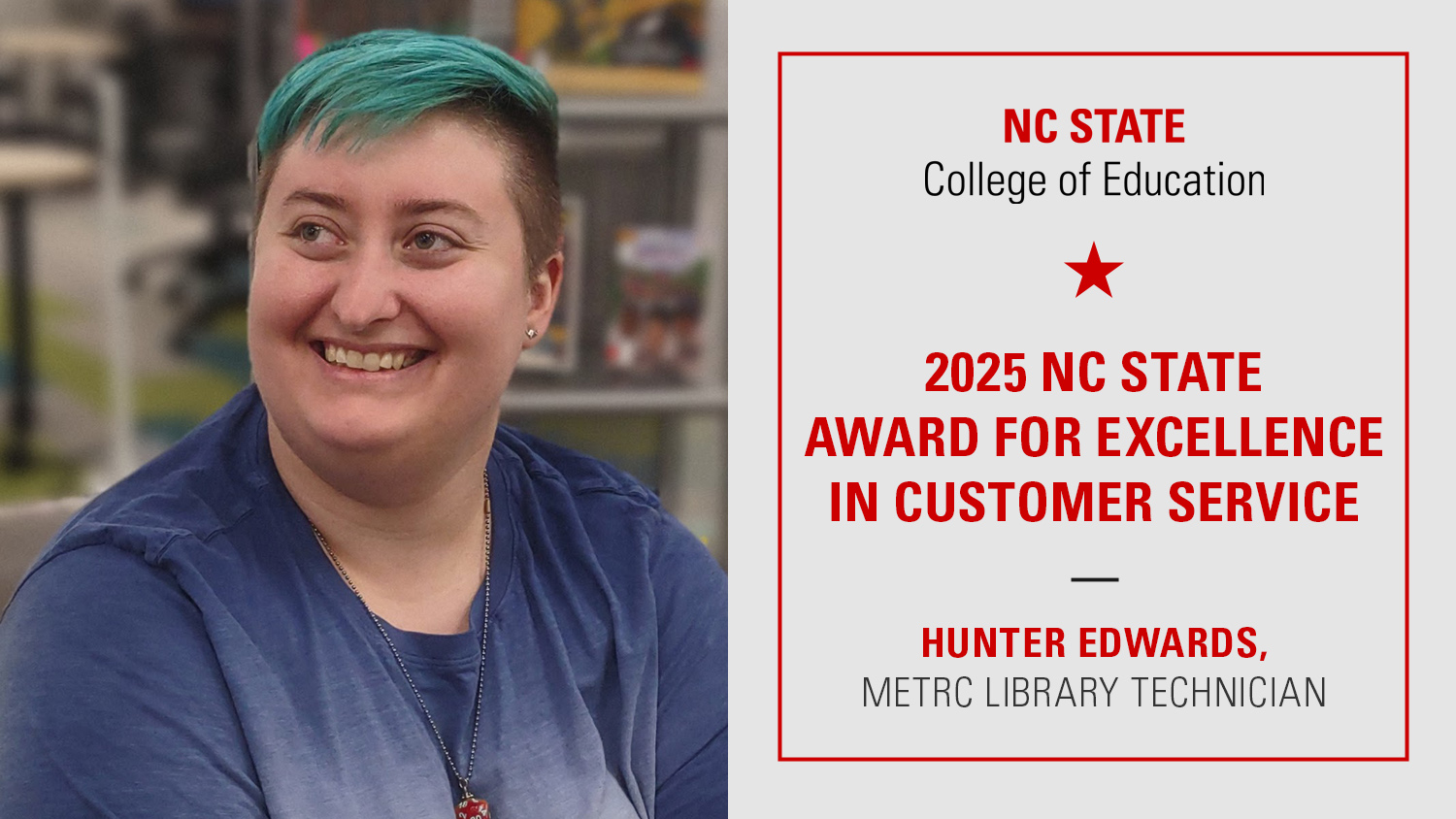Minogue Receives NSF Grant to Reimagine Physics Teaching in Preservice Educators

NC State College of Education Associate Professor James Minogue will receive $733,000 over three years as part of a National Science Foundation (NSF) Education & Human Resources (EHR) Core Research grant entitled “Preservice Educators Reimagining Core Experiences in Physics Teaching (PERCEPT).”
In collaboration with Co-PI David Borland, a senior visualization researcher at the Renaissance Computing Institute at the University of North Carolina at Chapel Hill, and Senior Researcher Tabitha Peck, an assistant professor of mathematics and computer science at Davidson College, this cross-institution and cross-disciplinary project will examine the interfaces between teaching and learning and the mediation of STEM learning through fundamental use-inspired research that provides foundational knowledge for a new model of teaching and learning of core physics concepts in the form of haptically-enabled science simulations (HESSs).
The project builds on exploratory work for teaching physical science developed during a previously awarded NSF project, ASPECT. HESSs are virtual representations of real-world systems modeled computationally, displayed visually, and augmented with haptic force-feedback that enables users to physically interact with multiple — often invisible — components of the modeled system.
PERCEPT continues to examine students’ understandings of forces as interactions and the influence of haptic force-feedback technology, but it shifts its focus to undergraduate students preparing to be elementary school teachers, who are critical actors in both the improvement of STEM learning and STEM workforce development.
The project team operates under the assumption that if soon-to-be teachers (re)learn basic physics more deeply, then they will, in turn, be empowered to provide richer learning opportunities for their students.
Preservice teachers will be provided access to physics ideas and tools, both technological and pedagogical, with tremendous potential to influence how they approach the teaching of basic physics in the elementary grades, as their students are just entering the STEM pipeline.
This material is based upon work supported by the National Science Foundation under Grant No. (1760831). Any opinions, findings, and conclusions or recommendations expressed in this material are those of the author(s) and do not necessarily reflect the views of the National Science Foundation.
- Categories:


